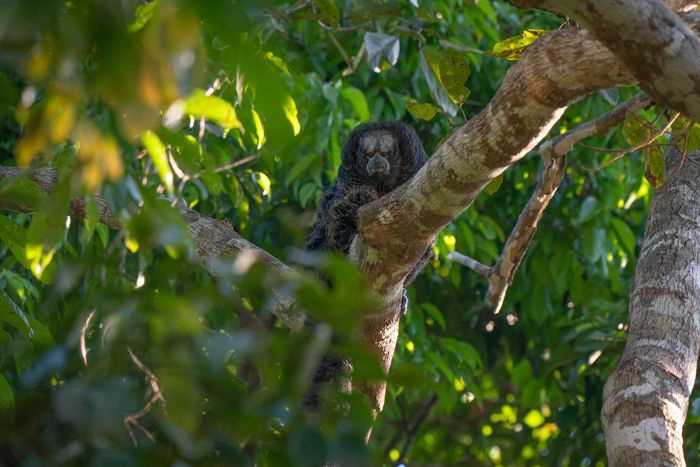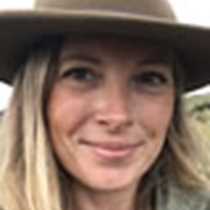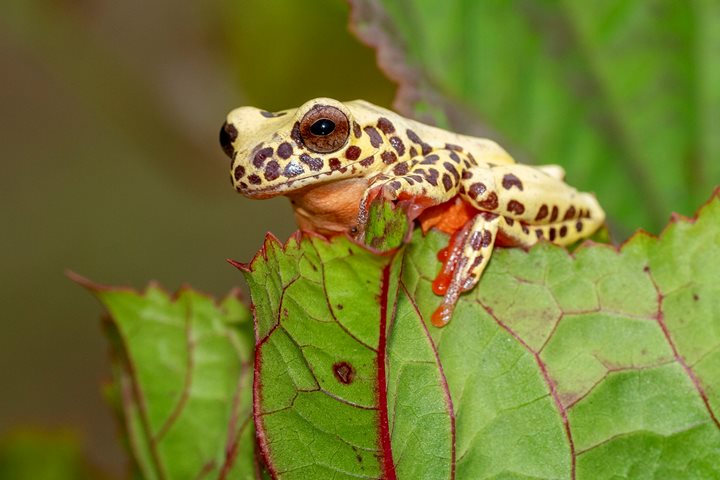The wildlife is up for sunrise and so are we. This morning the promise of macaws pulls us from our sleep, and we’d barely begun the search when our guides spotted a flock of more than a dozen red-bellied macaws perched among the treetops. Minutes later a trio of blue-and-yellow macaws squawked as they flew over our heads.
Once we’d said goodbye to the macaws for the morning, we came across a pair of capped herons. They perched, perfectly placed on the branches of a single tall tree, where one performed a pair-bonding dance to the other, dipping its beak to its chest then tilting its head up to the sky. Its mate watched with great interest. You could see its head feathers lift in response and then it leapt onto the same branch as its dancing partner.
We came across a great black hawk perched on a dead tree down almost at water level as we motored along. It practically let us drift up to it, and a roadside hawk flew down to look disapprovingly on the whole thing. Truth be told, it must have had a nest nearby and was not at all happy that the great black hawk was in the vicinity, and maybe us, too. It screeched at the hawk, and at one point alarmed the black hawk in such a way that it almost fell off its branch.
But all of this was like the appetizer for our morning. Excited reports came over the radio. One of the guides had spotted monk saki monkeys. These monkeys live high up in the canopy, habitually much higher than most other primates. For many years these monkeys were poached for their gloriously fluffy tails, which were sought after as fur dusters.
In the afternoon we saw more saki monkeys on our way to a small and remote village on the Sapote River. These saki monkeys were quite animated, hopping and feeding and leaping from treetop to treetop. Although, there was one guy who insisted on taking a nap! They are particularly impressive leapers, strong and confident.
The village that we visited was bustling, right away we saw kids swimming in the partially flooded town. In a few weeks, their village will be completely flooded. This happens every year as the Amazon River rises more than 45 feet during the rainy season. The people had brought all sorts of art, jewelry and other carvings to purchase. These visits help to support their community and provide unique keepsakes and gifts. But, the treasures we are bringing home are not all material objects.
For our final cruise along the river we were treated to the curiosity of a few squirrel monkeys feeding on a tree right down at the water’s edge. They were so inquisitive and briefly came out to look at us. They would scurry out, grab a fruit, and then duck back into the branches to chew on their fruit while watching us.
As we watched a stunningly colored sunset from Delfin II that night, it was hard to imagine a more impressive day. But tomorrow would prove that thought wrong.







